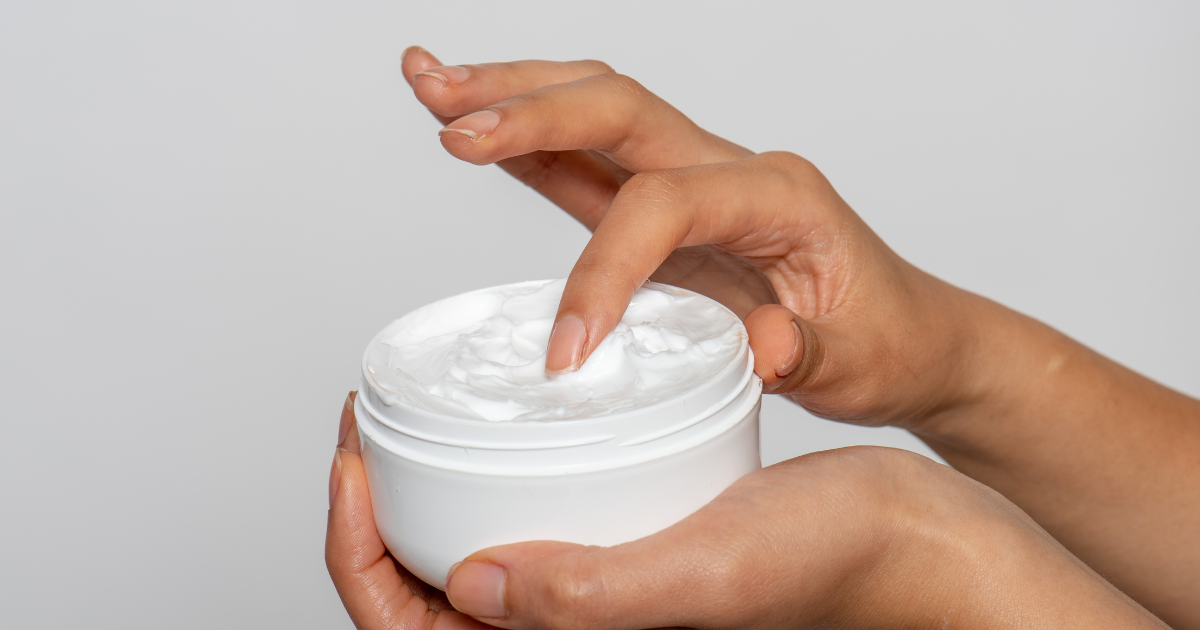Does regular sunscreen application cause vitamin D deficiency?

We all know that we get vitamin D from sunlight, and this is the best source. Yes, of course it is. There’s no doubt about it because when sunlight hits our skin, the UVB in the cholesterol under the skin makes vitamin D in our bodies. But again, ultraviolet rays are harmful to our skin because they can cause sunburn and skin cancer. So what to do? Does regular sunscreen application cause vitamin D deficiency? Let’s clear up these confusions today.
Does sunshine mean vitamin D?
Studies have shown that we get vitamin D mid-day, i.e., between 10 a.m. and 3 p.m. Many of us have the misconception that we get vitamin D from early morning light. Often foggy in the early morning, the intensity of sun rays is low, which is not enough for vitamin D synthesis.

How long should I be in the sun?
This time, it depends on several factors. Like- skin tone, location, sun ray intensity, etc. As long as it takes to produce vitamin D in fair skin, it takes more time to produce the same amount of vitamin D in dusky skin. 10–30 minutes of sun exposure, at least two days a week, is enough for vitamin D.
How does sunscreen work?
Physical sunscreen, also known as mineral sunscreen, mainly protects our skin by reflecting and transforming the sun’s harmful ultraviolet rays into heat. On the other hand, chemical sunscreen is a type of sunscreen that is directly absorbed into the outer layer of our skin and keeps the skin protected from the harmful rays of the sun. UV rays are essentially transformed into heat, i.e., inactivity.
Regular sunscreen application vs vitamin D production
The U.S. The Department of Health and Human Services and the World Health Organization’s International Agency of Research on Cancer panel revealed that UV radiation directly from the sun is called a carcinogen, which is a substance that causes cancer in the body. According to the American Academy of Dermatology (AAD), sunscreen mainly protects our skin from these harmful rays (UVA and UVB).

Short-term studies have shown that using sunscreen on the face, hands, and feet does not block the production of vitamin D in our bodies.
Let’s see some more opinions
1) Professor Anthony Young of King’s College in London said in his research, ‘It is possible to prevent sunburn and skin cancer by using sunscreen. However, it does not prevent the production of vitamin D in the body.
2) Data published in the British Journal of Dermatology also suggest that sunscreen will block harmful UV rays but not inhibit vitamin D synthesis.
3) Some dermatologists believe that since sunscreen limits overall UV radiation exposure to the skin, it may reduce the production of vitamin D in the skin to some extent. In that case, they suggest two days a week of unprotected sun exposure for a short while.
Most clinical studies show that regular sunscreen application does not cause vitamin D deficiency but can prevent various skin problems. So don’t worry about it. According to the American Academy of Dermatology (AAD), regular daytime sunscreen must include:
- Titanium dioxide
- Abbenzone
- Zinc oxide
- in Octinxa
- Oxybenzone
- Homesalat
Other Sources of Vitamin D
We can also get this vitamin from sources other than the sun. For example, fish liver oil, seafood, cheese, egg yolk, liver, mushrooms, and oatmeal are very good sources of vitamin D.

Can children use sunscreen?
Now, separate sunscreens are also available for babies. To prevent sunburn, aging signs, uneven skin tone, and skin cancer, we need to use regular sunscreen as protection. There is no alternative. Choosing other sources of vitamin D along with proper sun protection is the best decision to stay healthy. And if this vitamin is deficient in the body, then take supplements as per the doctor’s suggestion.




